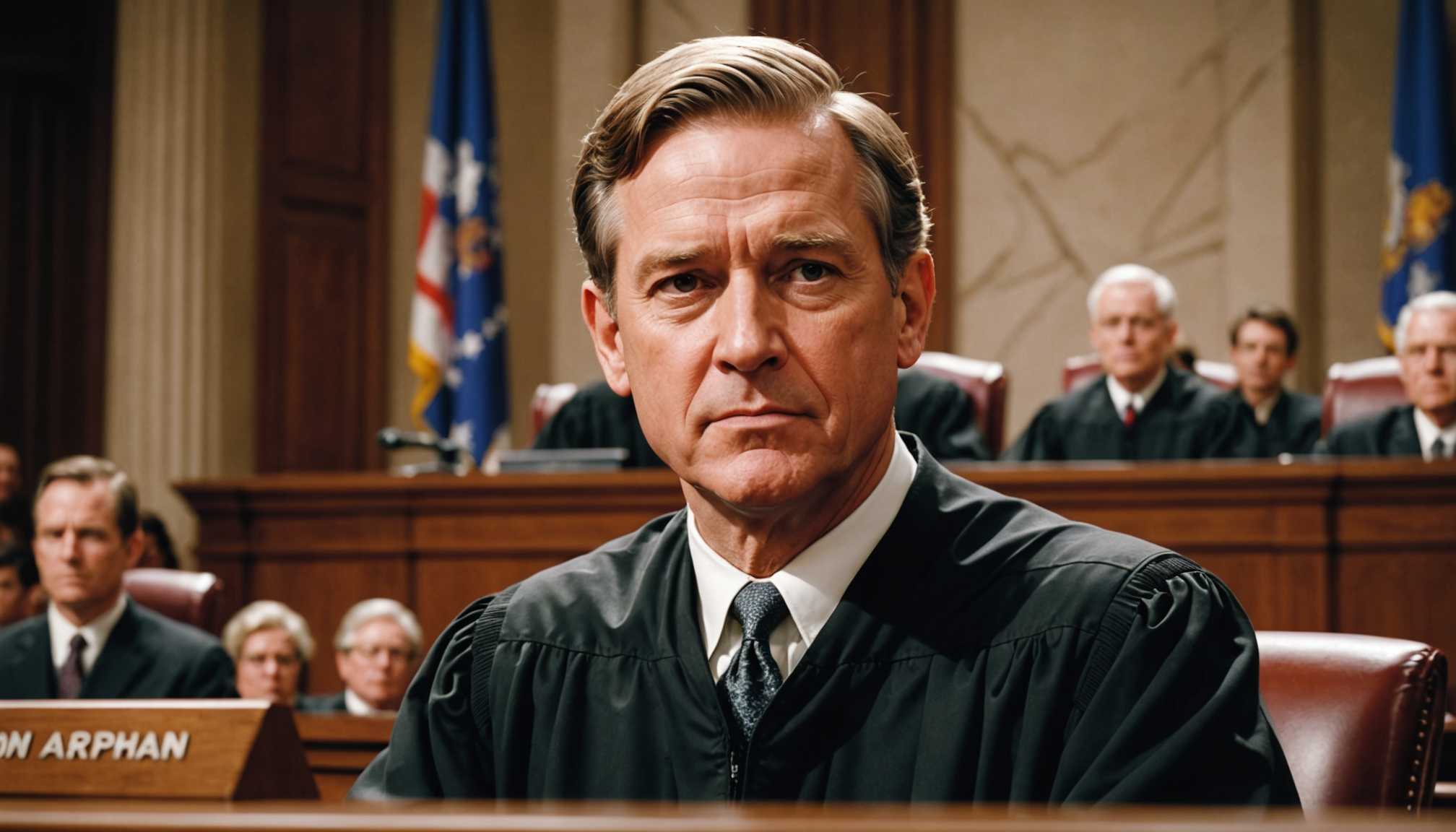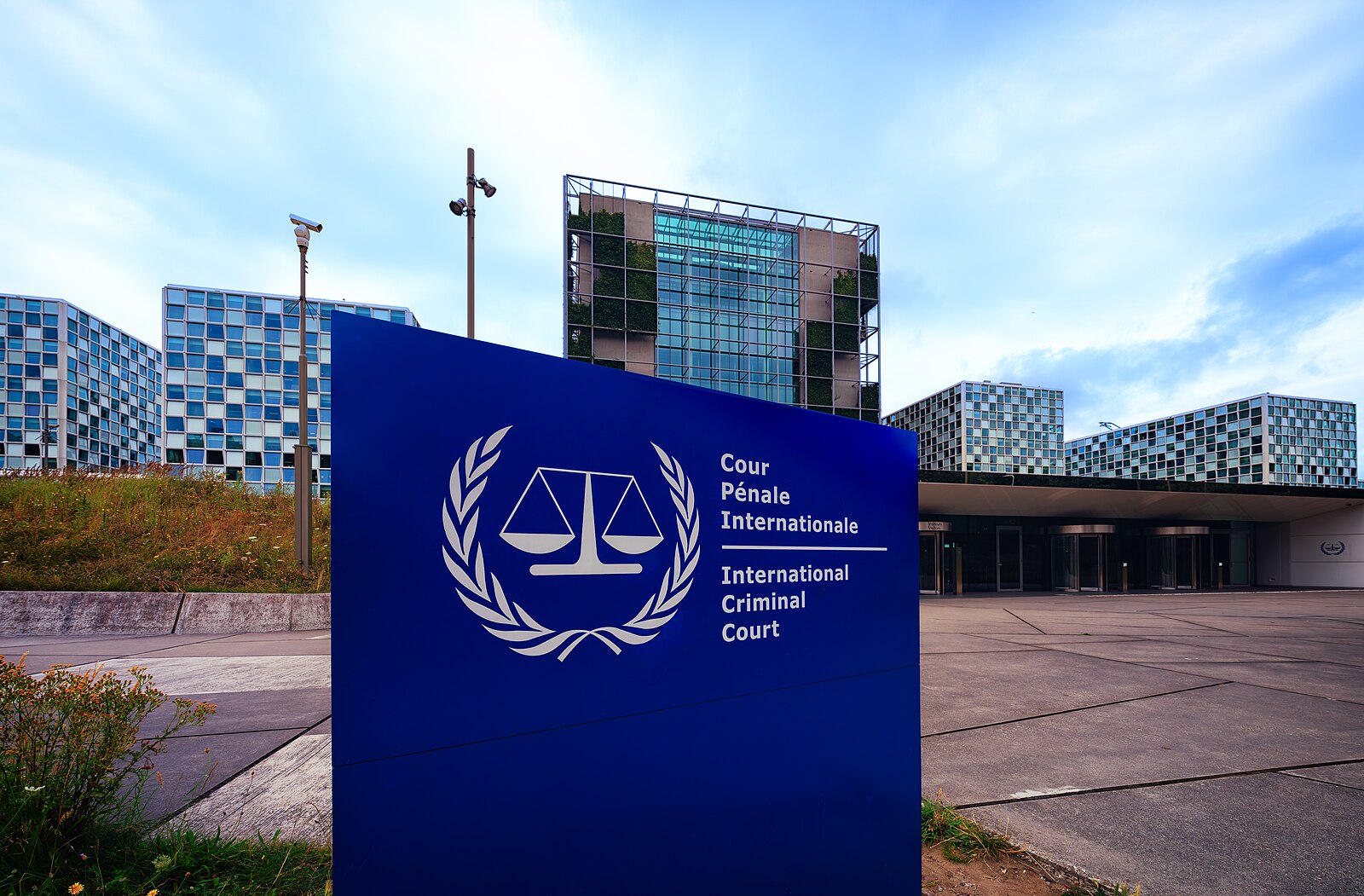
Supreme Court Decision in Ames vs. Ohio Department of Youth Services: Advancing Equal Treatment and Sustainable Development Goals
Overview of the Case
On June 5, the Supreme Court delivered a unanimous decision in Ames vs. Ohio Department of Youth Services, marking a significant advancement for equal treatment under the law. The ruling emphasized that federal civil rights statutes protect all individuals equally, regardless of majority or minority group status.
Key Judicial Opinions
- The opinion was authored by Justice Ketanji Brown Jackson, the court’s most junior justice, representing a liberal perspective.
- A concurring opinion was written by Justice Clarence Thomas, the most senior justice, representing a conservative viewpoint.
Both opinions underscored that members of majority groups have the same right to sue under federal civil rights laws as minorities do.
Case Details and Legal Implications
- Marlean Ames, a heterosexual woman, claimed discrimination after being denied a promotion and subsequently demoted by the Ohio state agency where she worked.
- Ames alleged sexual orientation discrimination, noting that both her previous and sought positions were given to gay employees, including her supervisor.
- Lower courts dismissed her case on the basis that as a member of a majority group, she needed to meet a higher legal standard.
- The Supreme Court overturned this, citing the 1964 Civil Rights Act’s language that protects every individual equally, without regard to minority or majority status.
Significance for Sustainable Development Goals (SDGs)
This ruling aligns strongly with the principles of the United Nations Sustainable Development Goals, particularly:
- SDG 5: Gender Equality – By affirming protection against discrimination based on sexual orientation and gender, the decision promotes equal rights and opportunities for all genders.
- SDG 10: Reduced Inequalities – The decision combats discrimination irrespective of majority or minority status, fostering inclusive societies where everyone can seek justice equally.
- SDG 16: Peace, Justice, and Strong Institutions – By reinforcing equal protection under the law, the ruling strengthens the justice system and promotes fair legal frameworks.
Broader Context and Impact
- Justice Thomas, in his concurrence, highlighted the constitutional guarantee of equal protection and questioned the practicality of defining “majority” groups in discrimination cases.
- The ruling is expected to encourage a rise in reverse discrimination lawsuits by removing legal barriers for plaintiffs from majority groups.
- The unanimous nature of the decision reflects a rare consensus in the Supreme Court, indicating a shared commitment to equality.
Relation to Diversity, Equity, and Inclusion (DEI) and Affirmative Action
- The Ames decision received support from critics of DEI programs, which have faced backlash following the Supreme Court’s 2023 ruling against race-based affirmative action in college admissions.
- The 2023 ruling in SFFA vs. Harvard and SFFA vs. UNC found that race-based affirmative action violated the Equal Protection Clause of the 14th Amendment.
- Chief Justice John Roberts, authoring the majority opinion, emphasized that stopping discrimination requires ceasing discriminatory practices based on race.
Public Sentiment and Policy Developments
- California voters rejected Proposition 16 in November 2020, which sought to reintroduce race-based preferences in public employment, education, and contracting.
- The proposition’s defeat by a 57.2% to 42.8% margin reinforced the state constitution’s non-discrimination clause:
“The state shall not discriminate against or grant preferential treatment to any individual or group on the basis of race, sex, color, ethnicity, or national origin in the operation of public employment, public education, or public contracting.”
- This outcome signals a public endorsement of true equal opportunity, consistent with the principles of SDG 10 and SDG 16.
Conclusion
The Supreme Court’s ruling in Ames vs. Ohio Department of Youth Services represents a pivotal step toward ensuring equal protection and non-discrimination for all individuals, regardless of their group status. This decision supports the advancement of Sustainable Development Goals by promoting justice, equality, and inclusive societies.
1. Sustainable Development Goals (SDGs) Addressed or Connected
- SDG 5: Gender Equality
- The article discusses discrimination based on sexual orientation and gender, highlighting issues of equal treatment and promotion in the workplace.
- SDG 10: Reduced Inequalities
- The Supreme Court ruling addresses equal protection under the law irrespective of majority or minority status, tackling discrimination and promoting equality.
- SDG 16: Peace, Justice and Strong Institutions
- The article focuses on legal frameworks, civil rights statutes, and judicial decisions that uphold equal protection and justice.
2. Specific Targets Under Those SDGs
- SDG 5: Gender Equality
- Target 5.1: End all forms of discrimination against all women and girls everywhere.
- Target 5.5: Ensure women’s full and effective participation and equal opportunities for leadership at all levels of decision-making in political, economic and public life.
- SDG 10: Reduced Inequalities
- Target 10.3: Ensure equal opportunity and reduce inequalities of outcome, including by eliminating discriminatory laws, policies and practices.
- SDG 16: Peace, Justice and Strong Institutions
- Target 16.3: Promote the rule of law at the national and international levels and ensure equal access to justice for all.
- Target 16.6: Develop effective, accountable and transparent institutions at all levels.
3. Indicators Mentioned or Implied to Measure Progress
- Indicator for SDG 5 (Gender Equality)
- Proportion of women and men who experience discrimination in the workplace (implied by the discussion of promotion and demotion based on sexual orientation and gender).
- Indicator for SDG 10 (Reduced Inequalities)
- Number of discrimination lawsuits filed and their outcomes (implied by the increase in reverse discrimination lawsuits and legal rulings).
- Existence and enforcement of anti-discrimination laws and policies (implied by references to the Civil Rights Act and state constitutional provisions).
- Indicator for SDG 16 (Peace, Justice and Strong Institutions)
- Proportion of people who have confidence in the legal system and institutions (implied by unanimous Supreme Court decisions and legal clarity on equal protection).
- Number of cases resolved that uphold equal protection under the law (implied by the Supreme Court rulings discussed).
4. Table of SDGs, Targets and Indicators
| SDGs | Targets | Indicators |
|---|---|---|
| SDG 5: Gender Equality |
|
|
| SDG 10: Reduced Inequalities |
|
|
| SDG 16: Peace, Justice and Strong Institutions |
|
|
Source: nevadaappeal.com







